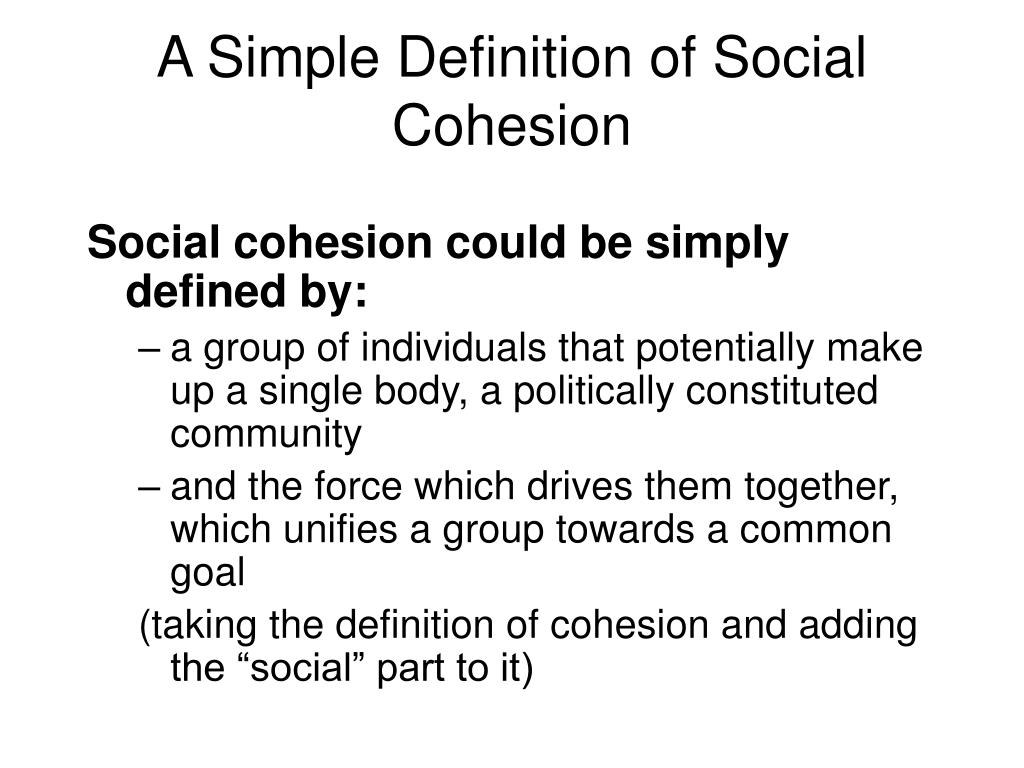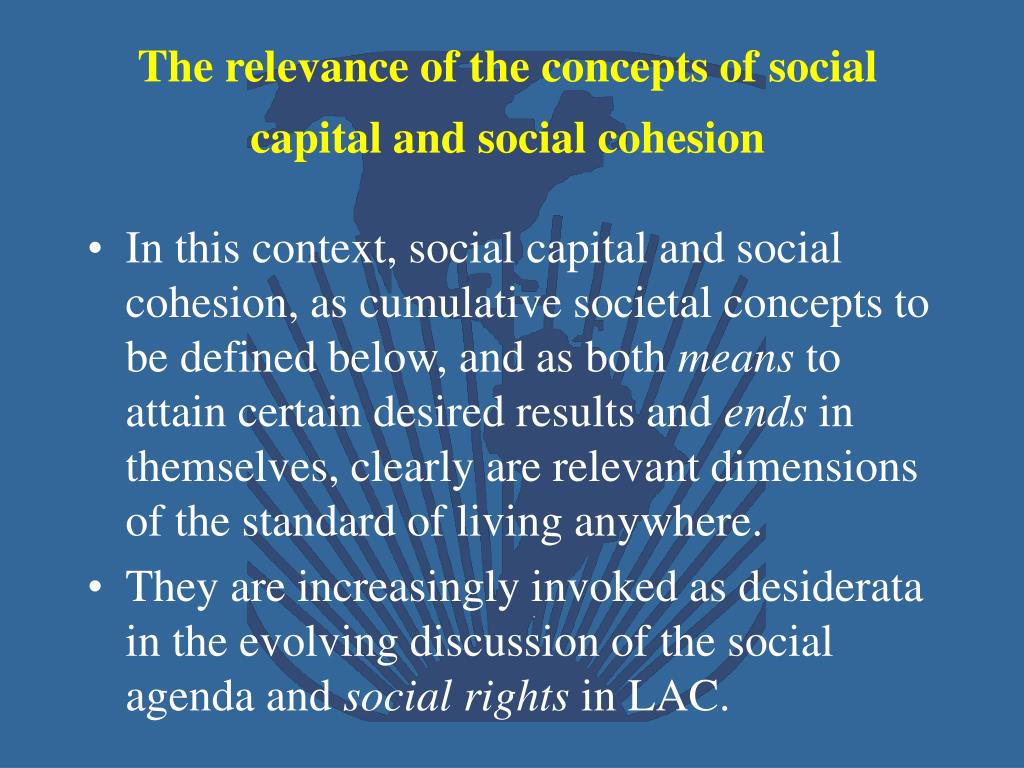


Within the USA, Rising Above the Gathering Storm (National Academy of Science, National Academy of Engineering, and Institute of Medicine, 2007) advocated for a federal effort to prepare more students for STEM careers. National policy documents in the USA calling for improvements to K-12 STEM Education have been prevalent in the past decade. These connections can be conceptual and/or contextual, as both forms of integration are appropriate depending on the instructional goals. The CFG process provides a tool for determining the nature of integration between science and mathematics content and an EDC. However, the alignment of grade-level science standards with the EDC can be problematic, particularly in life science and Earth science. Integrated STEM curricula that purposefully include science and mathematics concepts necessary to develop solutions to the EDC engage students in authentic engineering experiences and provide conceptual integration between the disciplines. The utilization of an EDC also provides the potential for conceptual integration because engineering is grounded in the application of science and mathematics. Our study shows that engineering practices can serve as a contextual integrator within a STEM unit. Curricula based in the Earth and life sciences generally lacked conceptual integration between the science content and the EDC and relied on the engineering design process to provide a coherent storyline for the unit. All physical science units were in the integrated and coherent category with strong conceptual integration between the main science concepts and the EDC. The units formed four broad types of integrated STEM curricula: (i) coherent science unit with loosely connected engineering design challenge (EDC), (ii) engineering design-focused unit with limited connections to science content, (iii) engineering design unit with science content as context, and (iv) integrated and coherent STEM units. Patterns in the nature of the interdisciplinary connections were used to categorize and understand the nature of integration and curricular coherence within each unit. FindingsĪ conceptual flow graphic (CFG) was constructed for 50 integrated STEM curriculum units. Thus, this study explores the development of a process focused to understand the nature of integration within a STEM curriculum unit. While such instruments provide important information about the presence and quality of certain curricular components, they do not assess the level and nature of integration of the curriculum as a whole. Few tools or rubrics exist to assess the quality of integrated STEM curricula, and existing tools focus on checklists of characteristics of integrated STEM.


 0 kommentar(er)
0 kommentar(er)
